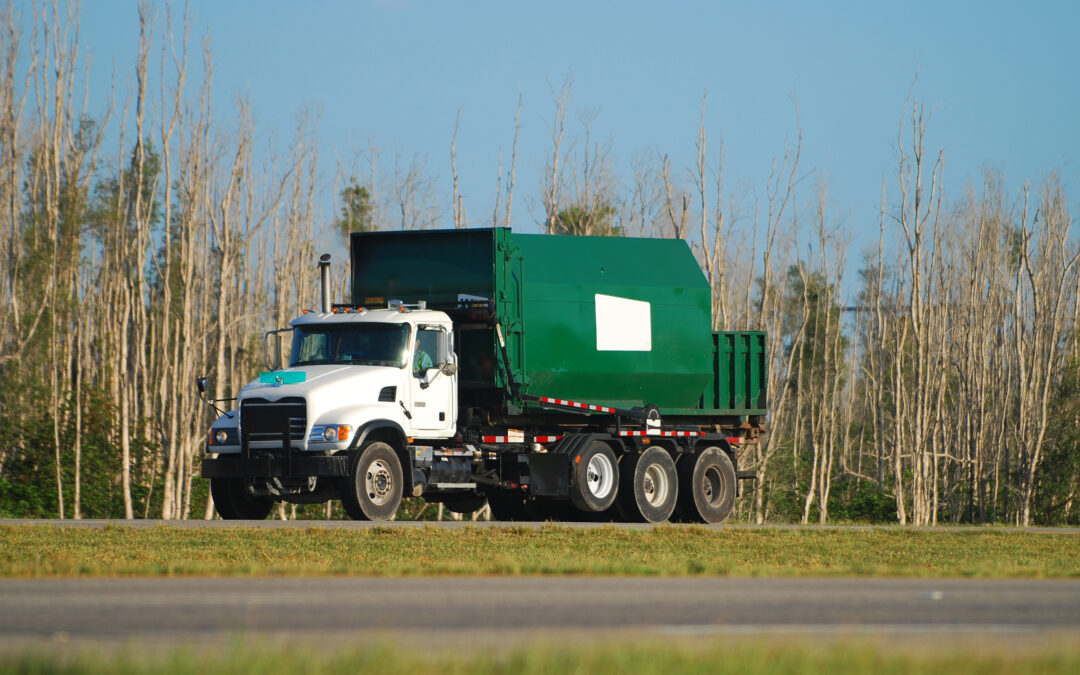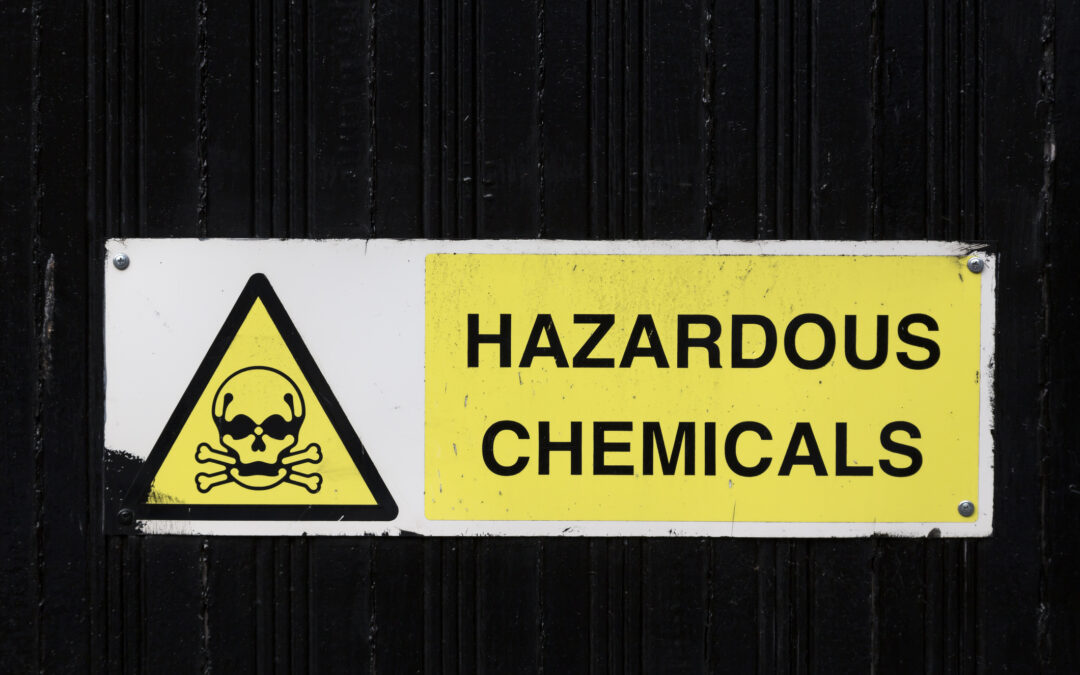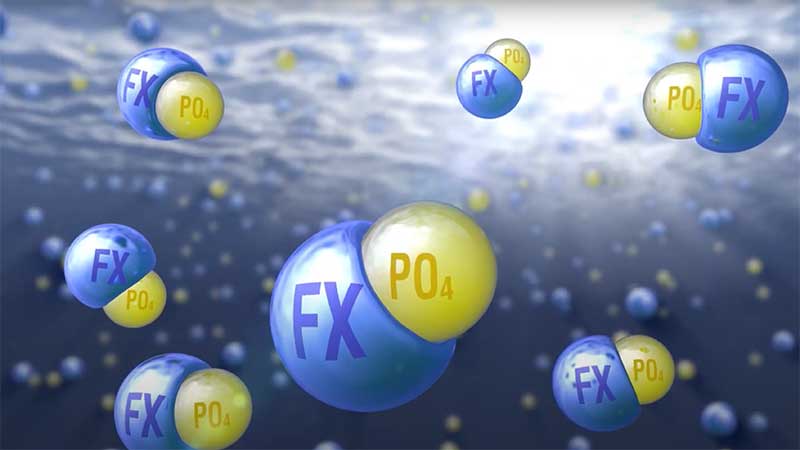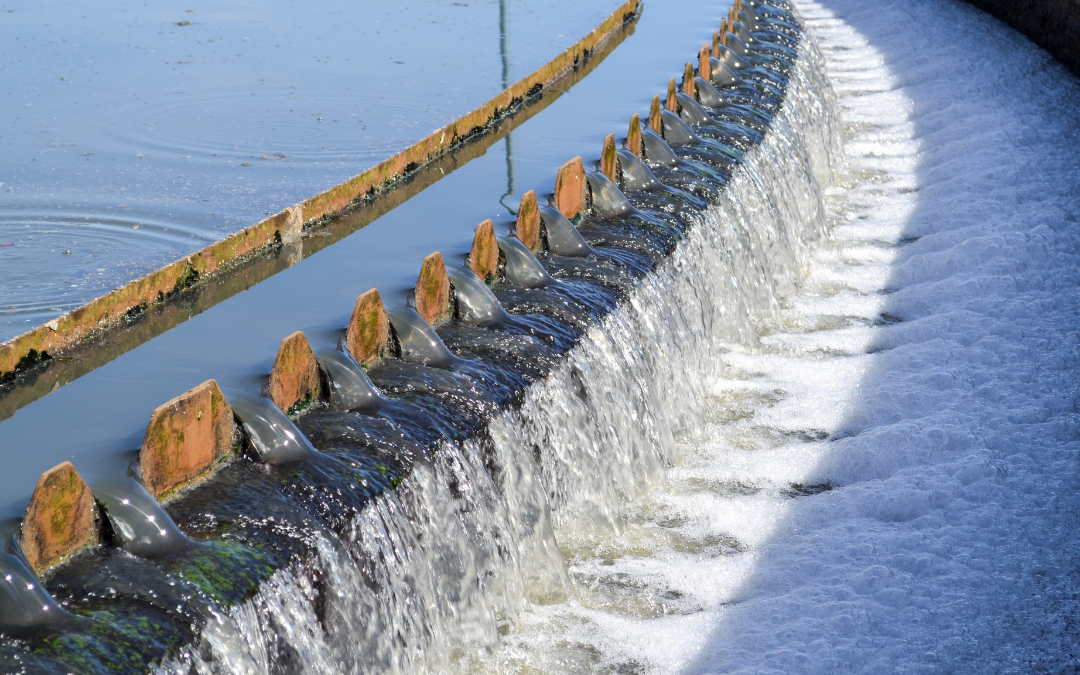
by | | Phosphorus Removal from Wastewater, RE300, Wastewater Treatment, WaterFX
Trucking Costs Have Risen, Driving Up Sludge Disposal Costs Have your phosphorus removal related sludge disposal costs increased this fall? If so, you are not alone. Trucking costs have increased substantially, driven by higher gas and diesel prices and a shortage of...

by | | Phosphorus Removal from Wastewater, RE300, Wastewater Treatment, WaterFX
Safe Removal Of Phosphorus In Wastewater Treatment When it comes to phosphorus removal in wastewater treatment plants, phosphorus removing coagulants are NOT created equal. With Neo WaterFX you can remove phosphorus safely. If you have been following our blogs, you...

by | | Phosphorus Removal from Wastewater, RE300, Wastewater Treatment, WaterFX
Energy-efficient dewatering of sludge from phosphorus removal from wastewater Phosphorus removal from wastewater to low total phosphorus (TP) limits, particularly less than 1 mg/L, produces sludge. How much sludge is produced and how easy or difficult the sludge is to...

by | | Innovative Chemistry, Lanthanide Salt Chemistry, Phosphorus Removal from Wastewater, RE100, RE300, Wastewater Treatment, Water Treatment, WaterFX
Phosphorus Removal and Sludge Management Removing phosphorus from wastewater usually involves use of a coagulant, especially if you have a low Total Phosphorus (TP) limit. Traditional coagulants, carried over from the water treatment side of the industry, are based on...

by | | Innovative Chemistry, Lanthanide Salt Chemistry, RE100, RE300, Wastewater Treatment, Water Treatment, WaterFX
Growth can often be a double-edged sword for a water reclamation facility (WRF). With an expansion looming to double the capacity of their membrane bioreactor (MBR) facility, the Coppermine WRF was exploring ways to improve their phosphorus removal from wastewater....








